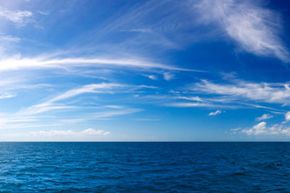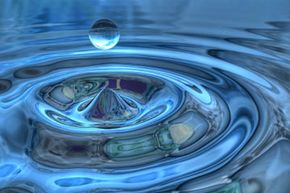You're setting out for a compass, a map, some comfortable hiking boots, some snacks and an army knife. Seems like you have everything you'll need, right? Well, you're missing one important item that could save your life in a pinch: a way to purify water. Without water, you're susceptible to dehydration, hypothermia or altitude sickness. A water purification system like a filter or charcoal tablets could provide you with the purified water you'll need to survive in the outdoors.
But what if you need to do more than purify the water? What if your only available water sources are saltwater? (Or as Samuel Taylor Coleridge put it in his poem "The Rime of the Ancient Mariner": "Water, water, everywhere / nor any drop to drink.") Although seawater might look tempting, its high level of salt makes it unsuitable for human consumption. Average ocean seawater contains three times the salt content found in a person's bloodstream. If you drink seawater, you'll become even more dehydrated, which could lead to seizures, kidney failure or even brain damage and death [source: Seawater Facts].
Advertisement
If you're in the outdoors and the only available water is seawater, then you'll need to desalinate the water; that is, you'll need to reduce the salt content of the water. One way to desalinate water is through reverse osmosis with a reverse osmosis desalinator. This filtration process uses pressure to force water through a membrane. The solute (salt) remains on one side of the membrane, while the pure solvent (freshwater) passes to the other side. The solvent (in this case, water) moves from an area of high solute concentration to an area of low solute concentration. While osmosis was discovered as early as the 1700s, it wasn't until the 1960s that scientists were able to use the process to desalinate water [source: Water and Waste Digest]. As its name indicates, this process is the reverse of normal osmosis, in which a solvent moves with no added pressure from an area of low solute concentration to an area of high solute concentration. Not only does a reverse osmosis desalinator remove salt from water, but it also eliminates harmful bacteria and microorganisms.
On the next page, we'll take a look at the science of reverse osmosis desalinators.
Advertisement



